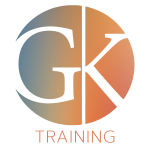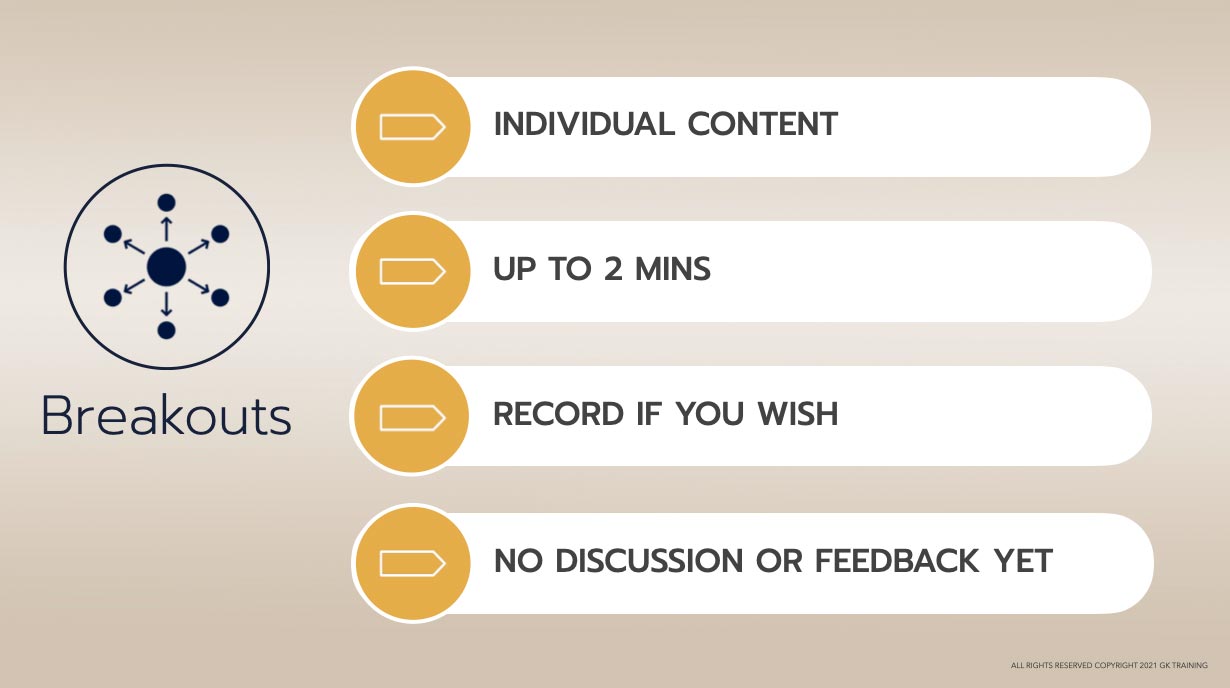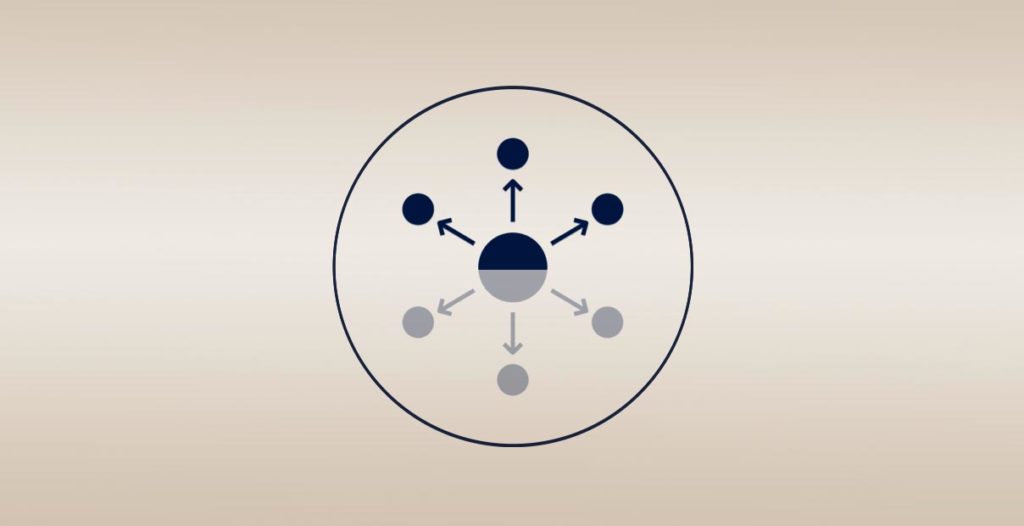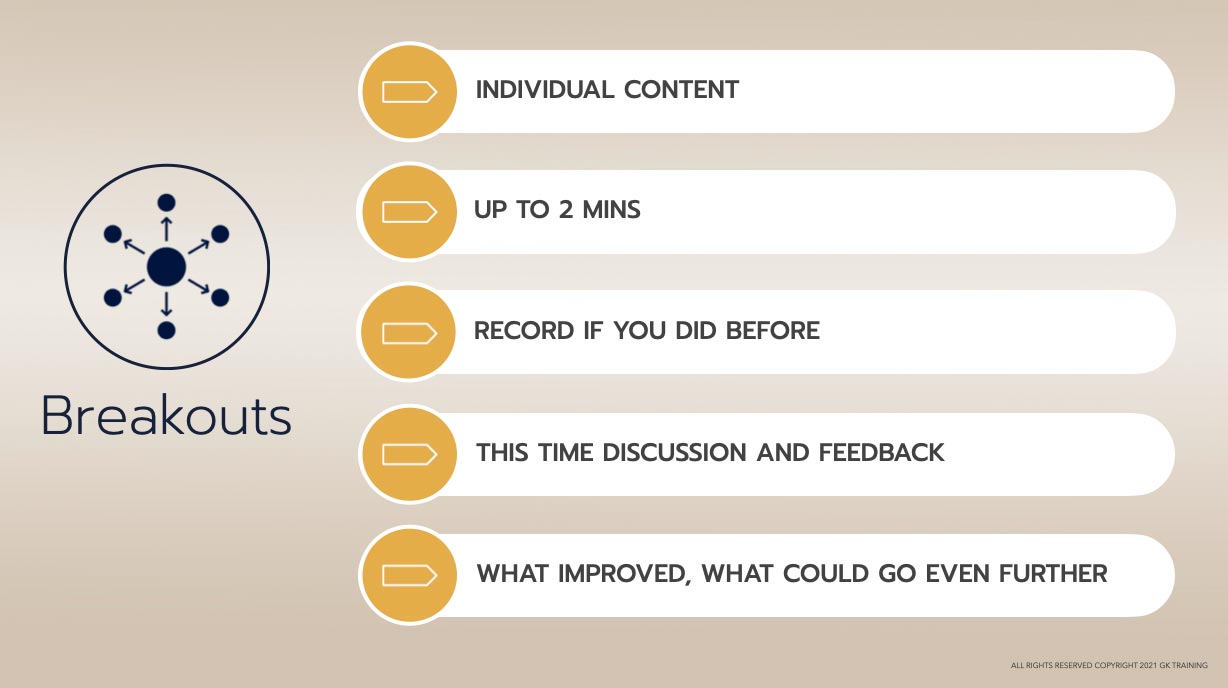
NAME OF PROGRAM
NAME OF COMPANY
TYPE OF PROGRAM
PROPOSAL
RUN OF SHOW
The run of show below outlines the customized program GK Training can deliver for COMPANY NAME. It offers helpful tips and deep dives into the subject matter for each component of the session. Along with the same highly actionable curriculum GK is known for, this program will calibrate its tone for a more junior audience: not skimping on the subject matter expertise, but also addressing how these skills fit in to the first months and years of a career.
Program Name Run of Show
TYPE OF (TIME) WORKSHOP
WELCOME
WHY: Learners need a clear moment of embarkment, and a roadmap to know where they’re going and why.
ACTIVITY: The session begins with a moment of surprise and story-telling to engage. We set expectations and cover the agenda so participants feel comfortably in the hands of a trustworthy narrator and challenged by the session’s ambition. We emphasize how the day will equip the learners with new skills that are highly relevant at this beginning stage of their career, and explicitly give them permission to get feedback and support from those around them as they navigate their new legal home at Latham & Watkins.
BREAKOUT 1
SELF-LED (Baseline)
HOW: Learners establish a baseline by presenting to their colleagues in breakout groups of six or less.
ACTIVITY: Each participant has opportunity to deliver the pre-work; each participant gets equal time. (Note: for the first breakout there is no peer feedback.)
KINESTHETIC LEARNING
WHY: To achieve actual behavioral change, participants need to learn not just with their brains but with their bodies. We use kinesthetic learning and embodied cognition to build new habits that stick.
ACTIVITY: Participants learn multiple drills that address derailers like: talking too fast, monotone communication, discomfort with silence, verbosity, and filler language. Here is a sampling of drills that you can expect at your workshop.
LEARN MORE:
Watch this Keynote from Michael Chad Hoeppner (Pay attention: A cork makes a cameo).
BREAKOUT 2
SELF-LED
HOW: Learners practice the program’s lessons in breakout groups.
HOMEWORK AND
NEXT STEPS
ACTIVITY: The session wraps up with a preview of the reinforcement emails each participant will receive, an introduction to GK’s interactive practice app Question Roulette (custom version), and guidance on HW. Learners are explicitly encouraged to seek out feedback from stakeholders at Latham & Watkins moving forward.
CONTEXT:
Here’s a demo of the GK Practice App “Question Roulette”
